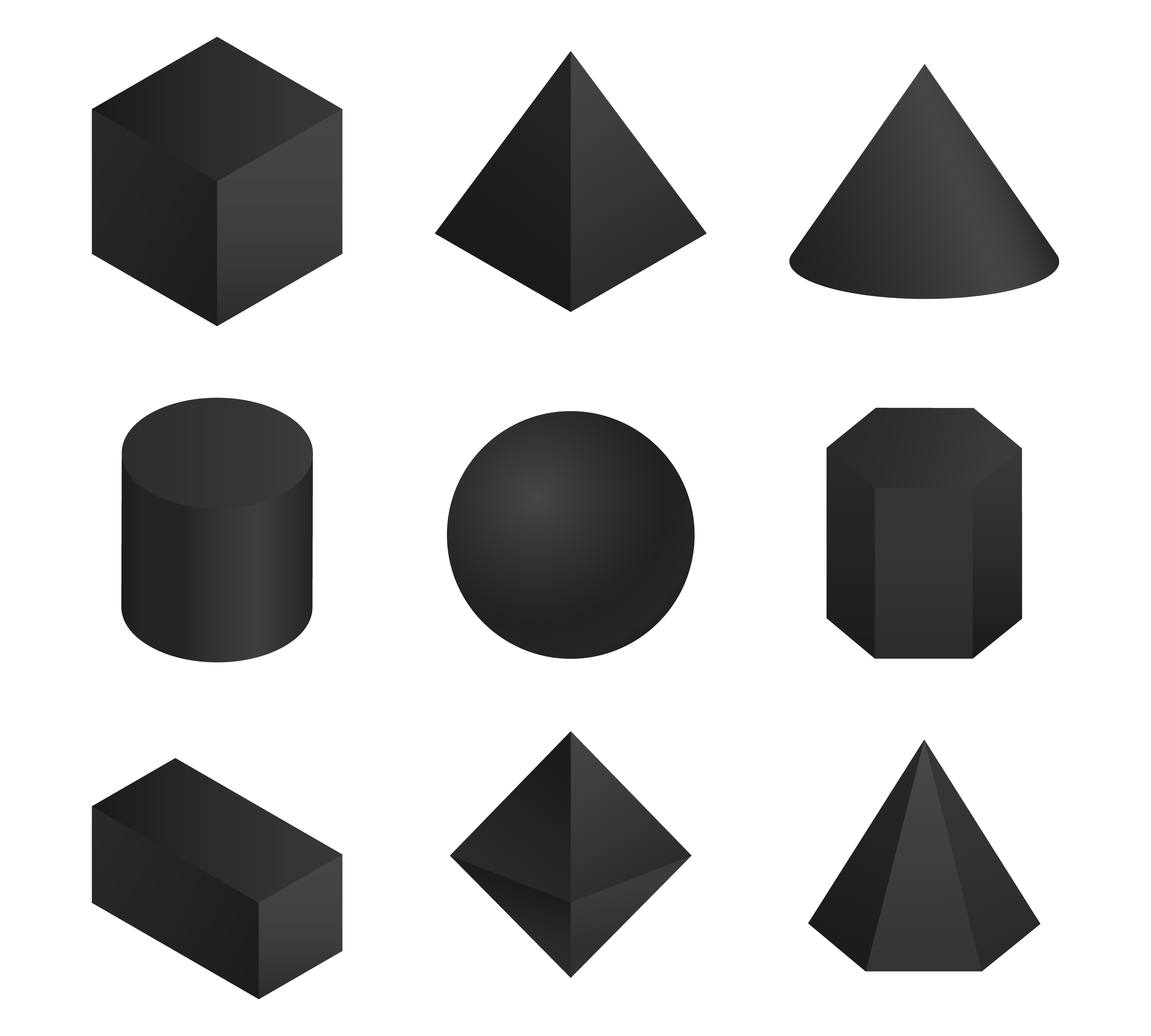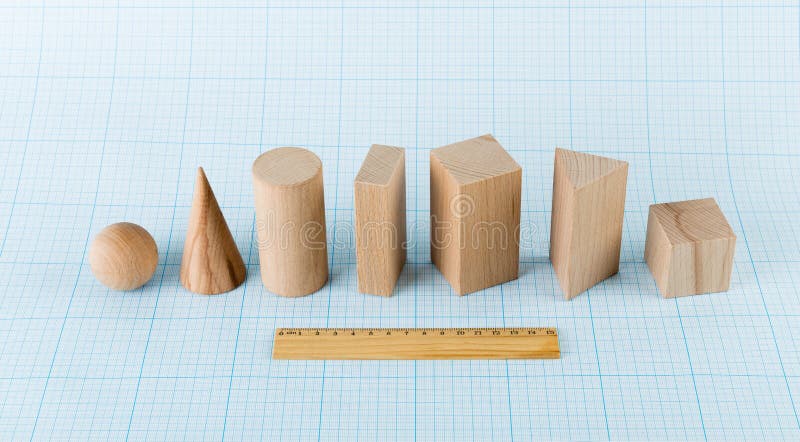
Yes, it is such an awesome technology that people are making space rockets using it! It is safe to say that 3D printing is the future of research and development (R&D), manufacturing, medicine, construction, and many other things. Just like how our printer prints out information in 2D on sheets of paper, a 3D printer can print out three-dimensional objects. 2ģD printing is the future of 3D technology. Teaches Basics of Geometry: Learning 3D shapes at a young age helps children familiarize themselves with geometry-a branch of math that some of them find challenging to learn.For example, children can understand the difference between a cone and a circle-a cone looks like a circle when viewed from its base but looks different from other angles. This helps them think from multiple angles. Improves Visual Skills: A child with knowledge of 3D can form mental images of 3D shapes from multiple perspectives, also known as projections.They can make better paintings and craft items with some knowledge of 3D shapes. Boosts Creativity: Learning 3D shapes can aid artistic development in children.A game as simple as Jenga can be won if one has a good understanding of 3D shapes. Improves Motor Skills: Playing and learning with three-dimensional objects improves motor skills and physical awareness.A Few Benefits of Learning 3D Shapes at a Young Age:

In all these cases, good spatial awareness is required to convey the right message. I discarded the used water bottles in the trash can.Language usage while speaking necessitates good spatial awareness.Pilots and ship captains require good spatial awareness and knowledge in 3D math concepts in order to navigate properly.And in order to create such software, computer engineers must understand 3D concepts. Manufacturing, aerospace, automobiles, civil engineering, and other fields rely on 3D models created with 3D software.3D modeling is extremely important in architecture the first step in planning necessitates an understanding of 3D concepts.Painting a portrait on a flat sheet of paper requires artists to understand 3D shapes and their spatial properties.Here are a few applications of 3D shapes: 3,4 That means everything around us has something to do with 3D concepts in math. Cylinder: A solid shape with two circular ends connected by a curved surface.Īll of these 3D shapes are commonly found around us! Applications of 3D ShapesĪs we already know, we live in a three-dimensional world.Cone: A solid shape having a circular base and a single vertex.Sphere: A round 3D shape whose points on the surface are equidistant from the center.Different types of 3D models of prisms are given below. Prism: A solid shape with identical polygons at their ends and flat parallelograms on their sides.Cuboid: A 3D shape with six rectangular faces.Cube: A 3D shape with six square faces.Pyramid: It is a solid shape with a polygonal (closed shape having n number of sides) base with triangular faces.In other words, the shapes around you, the ones you can pick, touch, and rotate, have three dimensions. Similarly, the faces of 3D shapes are made up of 2D shapes hence, they have three dimensions. Since these shapes are made from a combination of 1D lines, they have two dimensions. Shapes like triangles, rectangles, squares, pentagons, circles, and so on are made up of lines. Lines have length hence, they are one-dimensional. We know that a point doesn’t have any length, width, or depth. To understand what 3D shapes are, we need to understand shapes with lower dimensions. In some cases, we use height instead of depth.

Just like the name suggests, 3D shapes, or three-dimensional shapes, are solid shapes that have three dimensions: length, width, and depth. A Few Benefits of Learning 3D Shapes at a Young Age:.Hence, it makes sense to learn about the three-dimensionality of the world around us at a young age. In fact, we live in a three-dimensional world.

But the fact that we can turn it around itself means that it is three-dimensional. Would you classify a sheet of paper as a 2D or a 3D object? It’s a common misconception that a sheet of paper is a two-dimensional object. What shapes do you commonly see in your surroundings? You can see lines and two-dimensional shapes, right? If you look carefully, you will notice that these lines and two-dimensional shapes are parts of some three-dimensional object. But don’t you think this should be learned in schools at an earlier grade? Before you read on, take a look at the objects around you. Most schools in the United States don’t teach 3D shapes until grade six.

Just put on the 3D glasses, and voila! The scenes in 3D movies suddenly appear to be real because they have depth-an extra dimension! That’s the key difference between 2D and 3D shapes.
#Wooden geometric solid shapes movie
What’s the difference between a 2D movie and a 3D movie? 3D movies are much more immersive.


 0 kommentar(er)
0 kommentar(er)
